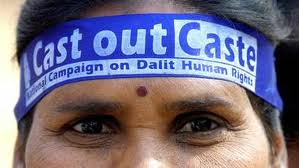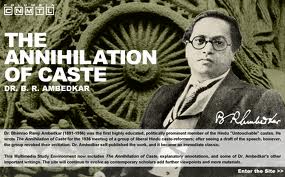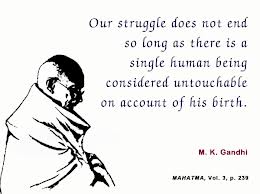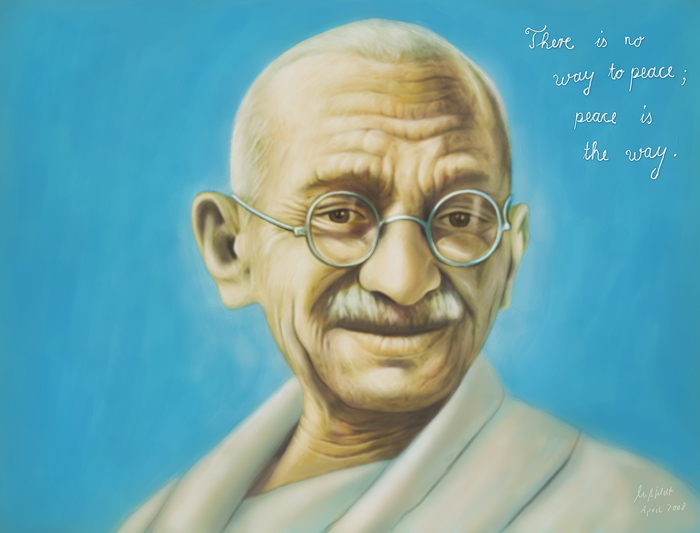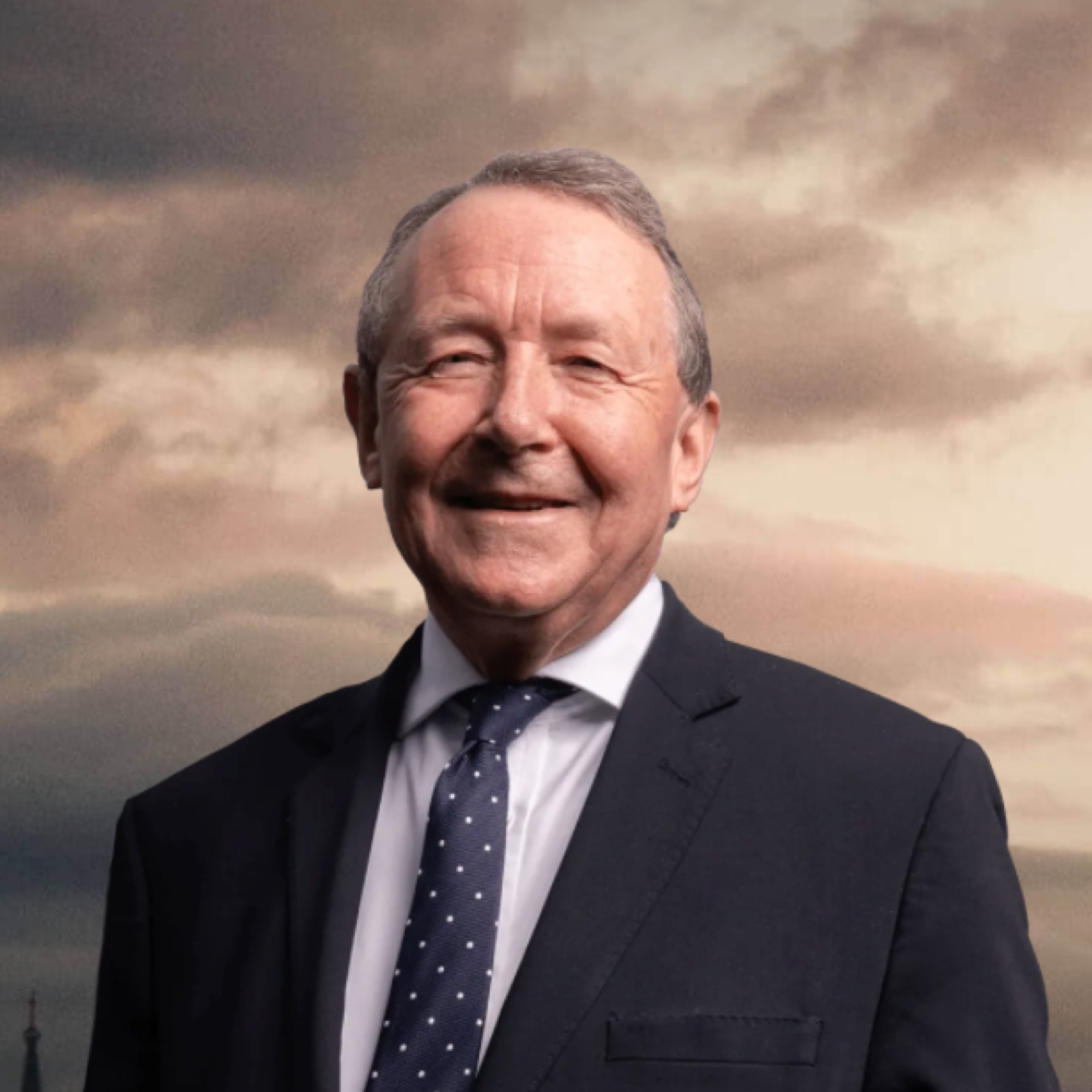House of Lords Debate November 26th 2014.
[Voice of Dalit International (VODI), Email: [email protected] , Web: www.vodintl.org.uk]
‘RESPONSE TO CASTE & DALIT POVERTY IN INDIA’ Report of DALITAID–INDIA – 2 DAY CONFERENCE –
National Biblical Catechetical and Liturgical Centre (NBCLC), Bangalore]
By lightning the lamp Mr. Roshan Baig, Honourable Minister for Infrastructure Development, Information and Haj, Government of Karnataka inaugurated the conference. His Excellency Rt. Rev Dr. A. Neethinathan, Bishop of Chingleput, Chairman, Department of Dalits, Catholic Bishops Conference of India (CBCI) and Patron of DALITAID-India on the Dias with DALITAID office bearers, Professor Mary John [Chair], Ms. Maglin Jerry, [Treasurer] and Mr. V.J. George, [General Secretary].
‘Dalit Struggle for Equality needs recognition’
Says Mr. Roshan Baig, Minister for Infrastructure Development, Information and Haj, Karnataka State.
‘Dalits in India are struggling for equality and development and it is high time that society gives them the deserving recognition and acceptance that they need to be brought to the mainstream of Society. Their acceptance must come from the hearts of the civil society members’, said Mr. Roshan Baig, Minister for Infrastructure Development, Information and Haj, Karnataka State, India
He was inaugurating a 2 Day National Conference on ‘Response to Caste and Dalit Poverty’, organised by DALITAID-India, at the National Biblical, Catechetical and Liturgical Centre [NBCLC] Bangalore held on 5th and 6th December 2014. The conference was attended by 190 delegates from Dalit led NGOs and movements across the country.
Most Rev. Dr. A. Neethinathan, Chairman of the Department of Dalits, Catholic Bishops Conference of India [CBCI] and Bishop of Chingleput, gave the keynote address. He said there is a strong correlation between Caste and Poverty of Dalits. Dalit poverty is caused mainly by caste and the Development agencies must have Dalit sensitisation to address the issue of caste, while attempting to reduce the poverty of Dalits.
Prof. Dr. M. Mary John, Chair, DALITAID –India, giving the opening remarks, said that the conference sought to address the issues of Dalit development by focusing on the right share of development resources, which are reaching the wrong hands. The conference unleashed deliberations for the strengthening of the stake of the Dalit led NGOs for the involvement in the development processes.
Speaking on the occasion, Mr. V.J. George, General Secretary, DALITAID India, said that the main reason for the Millennium Development Goals (MDGs) being off-track was due to neglect of the Dalit sector and the conference gave strong warnings to the Development agencies, National and Global, that Dalit poverty needs to be addressed through Dalit led NGOs .
Ms. Maglin Jerry, Treasurer of DALITAID India gave the Welcome speech and Mr. Alfred Culas, Director, DALITAID India made the Vote of Thanks.
The Conference discussed paper presentations by experts on various sections, subjects included, ‘Dalits among Global Poor’, ‘Impact of Caste on Dalit Poverty’, ‘New Understandings of Dalits and Poverty’, ‘Struggles within Struggles’, ‘Struggles for the Equal Rights of Dalits’, and ‘Dalit Development oppositions’. 24 papers were presented and discussed. The Conference deliberated and approved a ‘Bangalore Declaration’, which forms part of the news release.
Prof. Dr. Mary John Mr. V.J. George Ms. Maglin Jerry Mr. Alfred Culas
(Chairman) (General Secretary) (Treasurer) (Director)
Bangalore Declaration
190 Dalit activists, Dalit Rights workers, Dalit led NGO leaders, members of Research Institutions, Training, Development and Human Rights organisations, leaders of Faith Communities and Human Rights activists gathered from different states of India during 5th – 6th December 2014, at the National Biblical, Catechetical and Liturgical Centre [NBCLC], Bangalore for a 2 day National Conference on ‘Response to Caste and Dalit Poverty’ and have unanimously adopted this Declaration on this 6th day of December 2014.
We declare:
1. That the definition of Dalits shall be based on ‘untouchability’; those communities and their posterities who suffered untouchability in the past are to be considered as Dalits, irrespective of their religion.
2. That there is a positive correlation between caste and Dalit poverty; as the poverty of Dalits is due to the caste system and all the backwardness inflicted upon them by the caste system.
3. That the Development Sector should coin right terminologies to describe caste discrimination, in the place of using traditional terminologies which glorify and reinforce the caste system.
4. That Dalits in India form 1/3rd of the Global poor (444 Million) and hence Dalits deserve a legitimate share of 1/3rd of the Global resources which are set apart for addressing poverty.
5. The Millennium Development Goals (MDGs) failed to achieve the desired targets on Dalit poverty reduction, mainly due to the fact that they completely ignored a major chunk of the Global poor; i.e. Dalits who form 1/3rd of the Global Poor.
6. That the National and International Aid agencies, Governments, and the Corporate Social Responsibility of the Corporate sector must address the root cause of poverty rather than continuing and content with treating the symptoms of poverty.
7. That the Cannon of Equity shall be followed by the Aid Agencies in sharing resources, specifying ‘Dalits and Caste Discrimination’ as a thematic area, as against inequality and other similar jargons.
8. That the aid agencies must re-define their ideas of empowerment of Dalits. They must insist on disaggregated information for stopping caste discriminatory practices in their Monitoring and Evaluation methods, additional to the current trend of empowering people for their civic entitlements.
9. That the aid agencies must follow similar/ parallel Dalit affirmative policies of respective countries where they work and follow the principle of inclusion of people and personnel from the Dalit background in their International Development Departments and as Country Heads in South Asian Countries where 90% poor are Dalits. They must have Dalit Experts in their International Offices also.
10. The Aid agencies and International NGOs working in South Asia must review: the caste composition of their staff and their partner NGOs in South Asia and; their capacity to absorb the target population within its decision making circles, including who own the properties bought with aid money, who operate the bank accounts and who take the decisions.
11. That the International Aid Agencies working in India should support Anti- Caste Discrimination campaigns internationally and support the Global campaign against Caste Discrimination, as caste discrimination is practiced in 132 countries, including 110 countries, where South Asians have migrated to, such as the UK which has passed anti- caste Discrimination laws.
12. That the Overseas Governments with their India Offices and international Aid Agencies having their Indian country offices, should all have their country coordinators from Dalit backgrounds or trained in Dalit studies, as 90% of the poor in India are Dalits
13. That resources for the development of Dalits shall be routed through NGOs owned, managed and run by the Dalits themselves, in the place of the existing trend where these resources are cornered by NGOs run by Caste Perpetrators, who claim Dalits to be their target groups. Aid agencies must take mainly Dalit led NGOs as their partners while addressing Dalit poverty.
14. That, as the platform for Dalit led NGOs, DALITAID India shall be accepted by the Aid agencies and Corporate Social Responsibility Departments of the Corporate bodies and shall be promoted with priority.
15. That the National Model Community Development Project (NMCDP) which DALITAID-India has proposed and to be implemented in Odisha, shall be supported by Aid agencies, Church and Dalit-led NGOs.
16. That the rights of all Dalits, irrespective of religion, for equal rights and opportunities for development shall be accepted by the Aid agencies and governments, when addressing Dalit development.
17. That the Churches in India shall be more inclusive in their approach to Dalits and ensure Dalits get equal opportunities for inclusion in the various hierarchy of Church, leadership positions and educational and employment opportunities.
18. That the Central and State Governments in India shall take very strict measures to abolish the Bonded labour in the Textile Industry and other sectors, where victims are mostly Dalits.
19. That discrimination to Dalits in the educational opportunities and institutions shall be addressed effectively by the government and private educational institutions run by Churches and Church based institutions. Different forms of caste humiliations in Higher Education shall be addressed seriously.
20. We endorse the Motion adopted in its 2014 AGM by the British Overseas NGOs in Development [BOND] – Europe’s largest NGO network: that “This house recognises that caste and discrimination based on ‘work & descent’ actively contribute to the structural causes of poverty and inequalities among Dalits and other excluded communities. It calls for BOND members to express solidarity and work towards addressing this problem as appropriate”.
21. We call upon all NGOs and their networks around the world to implement the above BOND Motion and urge the UN to include Caste and Dalit poverty in all its deliberations on Global poverty and development, particularly in its forthcoming September 2015 Summit to declare ‘Beyond 2015’ development targets.
DALITAID-INDIA
27 Brigade Lane, Vikas Bhavan P.O, Thiruvananthapuram-695 033, S. India ,
Tel No: 0471-2306493 /2300122
E-mail: [email protected] , Web: www.dalitaid.com
———————————————————————————————————————————————————–
House of Lords Debate 26 Nov 20146.16 pm
Lord Alton of Liverpool (CB): My Lords, no one has done more to keep the issues of caste, untouchability and the Dalits before your Lordships’ House than my noble and right reverend friend Lord Harries of Pentregarth. Earlier this year I was very privileged, as I feel I am again today, to share a platform with him at a conference here in London that looked at the issue of caste.
To prepare for that conference, I read Dhananjay Keer’s admirable biography of Dr Babasaheb Ambedkar, who was the architect of the Indian constitution, which the noble Lord, Lord Dholakia, just referred to. He was born into a family of untouchables in 1891, and he said:
“Untouchability is far worse than slavery, for the latter may be abolished by statute. It will take more than a law to remove the stigma from the people of India. Nothing less than the aroused opinion of the world can do it”.
In the speeches we have heard already in this debate, we have heard the aroused conscience of the world.
No one, therefore, is attacking the state of India. It has done a great deal to try to address this question.
My noble and right reverend friend quoted Dr Manmohan Singh, and many illustrious Indian politicians have done their best to try to tackle this problem, but the sheer scale of it is what has struck me most in the contributions we have heard so far.
It was Ambedkar who, while still a young man, aged just 20, pointed to perhaps the best way forward in dealing with caste. He said:
“Let your mission be to educate and preach the idea of education to those at least who are near to and in close contact with you”.
As other noble Lords have said, education is the key to addressing the poverty and exploitation of Dalits in India. Education provides the knowledge, skills and qualifications that have the potential to help Dalits escape the cycle of poverty and exploitation.
The Indian Government have made considerable efforts to address this, not least through the right to education Act 2009, and initiatives such as Sarva Shiksha Abhiyan, which aims for universal access and retention, the bridging of gender and social gaps in education and the enhancement of learning levels. Enrolment, attendance and retention levels have improved,
26 Nov 2014 : Column GC308
but there are still significant issues around attendance and drop-out rates, particularly among Dalit children. The Human Rights Watch report, “They Say We’re Dirty”: Denying an Education to India’s Marginalized, which was published earlier this year, highlights the number of Dalit children who drop out of education and the persistence of discriminatory practices in the classroom.
The report calls for better tracking of pupils and greater efforts to ensure social inclusion.
I will develop that point about non-attendance at school because it plays into the arguments that we are discussing in the context of the Modern Slavery Bill and human trafficking.
The economic pressure on marginalised groups gives families little choice but to require their children to work or even in some instances in effect to sell their children.
Dalit Freedom Network, a trafficking prevention organisation, estimates that Dalits are 27 times more likely to be trafficked or to be trapped in bonded labour than anyone else in India. The organisation supports 100 schools, providing education to more than 25,000 children, mainly from the Dalit and tribal communities. It estimates that if the children were not in their schools, some 30% to 40% would be trafficked or in bonded labour.
Although enrolment levels have improved in Indian schools, there are still issues around obtaining school places, particularly where there is an insistence on identity documents. Some Dalits have had immense difficulty in getting hold of ID. There is a particular issue around children of Devadasis or Joginis—temple prostitutes—almost all of whom are Dalits. The nature of this practice means that their mothers do not have husbands, so when the school insists on having the name of the child’s father, the children are unable to provide this, and as a result, they are refused places. The authorities also need to focus not simply on enrolment but on retention of every child in school until at least the age of 14. A system to track and monitor children is essential, along with a protocol for identifying those have dropped out or who are at risk of dropping out.
Although current thinking in development often calls for education in the local language—and I will be interested to hear from the Minister on DfID’s thinking about this—there are particular reasons why Dalit leaders have asked for English-medium education. English is still the language of opportunity in India. It is the language of higher education, government, trade and commerce and the legal system. Why else would children of high-caste families be sent to private English-medium education? In the district of Banka, Bihar, the Dalit community has constructed a temple for,
“the Goddess English hailing her as a deity of liberation from poverty, ignorance and oppression”.
The goddess stands on a computer monitor, a symbol perhaps of economic advancement. I would be intrigued to hear from the Minister whether this is an approach that we are supporting. I hope it is.
I would also like to talk briefly about Dalits and the freedom of religion and belief. Article 18 of the Universal Declaration of Human Rights insists that it is the right of anyone to hold the religion of their choice. Over the past several hundred years, many Dalits have changed their faith in order to come out of oppression
26 Nov 2014 : Column GC309
and discrimination based on caste. Ironically, only untouchable Hindus, Sikhs and Buddhists are considered “scheduled castes” and therefore registered castes with entitlements to state support, such as protective mechanisms under various pieces of legislation and quotas for places at university and for employment in government services. Freedom of religion is a value for society as a whole. It is universally agreed that the internal dimension of a person’s religion or belief should enjoy absolute protection. Have the Government spoken with the new Indian Government about whether they uphold Article 18?
Mahatma Gandhi said,
“Our struggle does not end so long as there is a single human being considered untouchable on account of his birth”.
India is incredible and amazing. It is one of the greatest countries in the world today. What is amazing and incredible is that there could still be untouchability, now, in the 21st century.
6.22 pm
